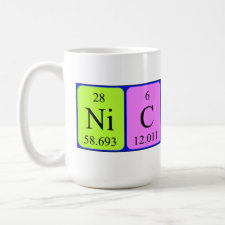
Authors: Kryscio DR, Shi Y, Ren PY, Peppas NA
Article Title: Molecular Docking Simulations for Macromolecularly Imprinted Polymers.
Publication date: 2011
Journal: Industrial & Engineering Chemistry Research
Volume: 50
Issue: (24)
Page numbers: 13877-13884.
DOI: 10.1021/ie201858n
Abstract: Molecularly imprinted polymers are fully synthetic antibody mimics prepared via the cross-linking of organic monomers in the presence of an analyte. This general procedure is now well developed for small-molecule templates; however, attempts to extend the same techniques to the macromolecular regime have achieved limited success to date. We employ molecular docking simulations to investigate the interactions between albumin, a common protein template, and frequently employed ligands used in the literature at the molecular level. Specifically, we determine the most favorable binding sites for these ligands on albumin and determine the types of noncovalent interactions taking place based on the amino acids present near this binding pocket. Our results show that hydrogen-bonding, electrostatic, and hydrophobic interactions occur between amino acid side chains and ligands. Several interactions are also taking place with the polypeptide backbone, potentially disrupting the protein's secondary structure. We show that several of the ligands preferentially bind to the same sites on the protein, which indicates that if multiple monomers are used during synthesis, then competition for the same amino acids could lead to nonspecific recognition. Both of these results provide rational explanations for the lack of success to date in the field.
Template and target information: protein, albumin



Join the Society for Molecular Imprinting

New items RSS feed
Sign-up for e-mail updates:
Choose between receiving an occasional newsletter or more frequent e-mail alerts.
Click here to go to the sign-up page.
Is your name elemental or peptidic? Enter your name and find out by clicking either of the buttons below!
Other products you may like:
 MIPdatabase
MIPdatabase









